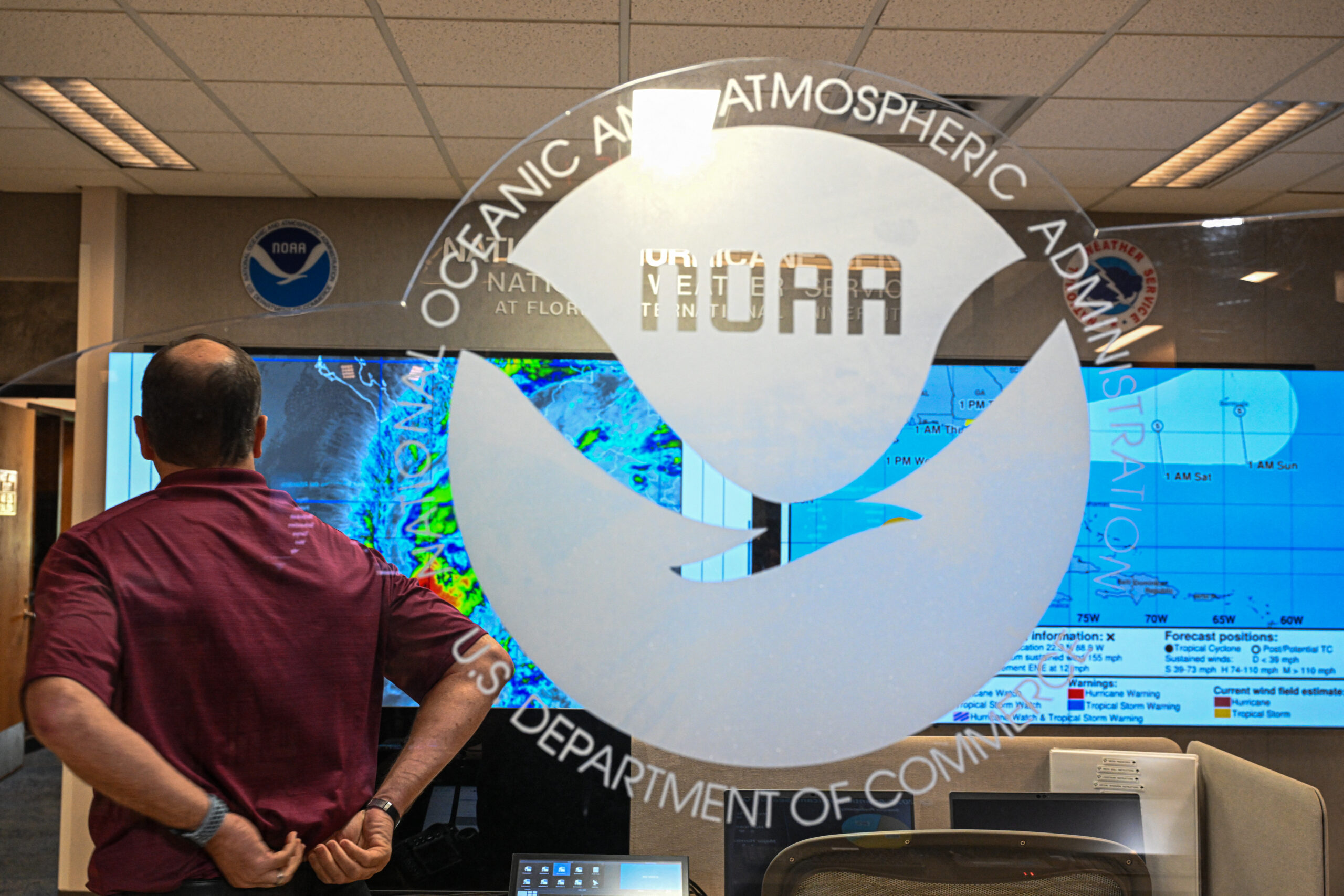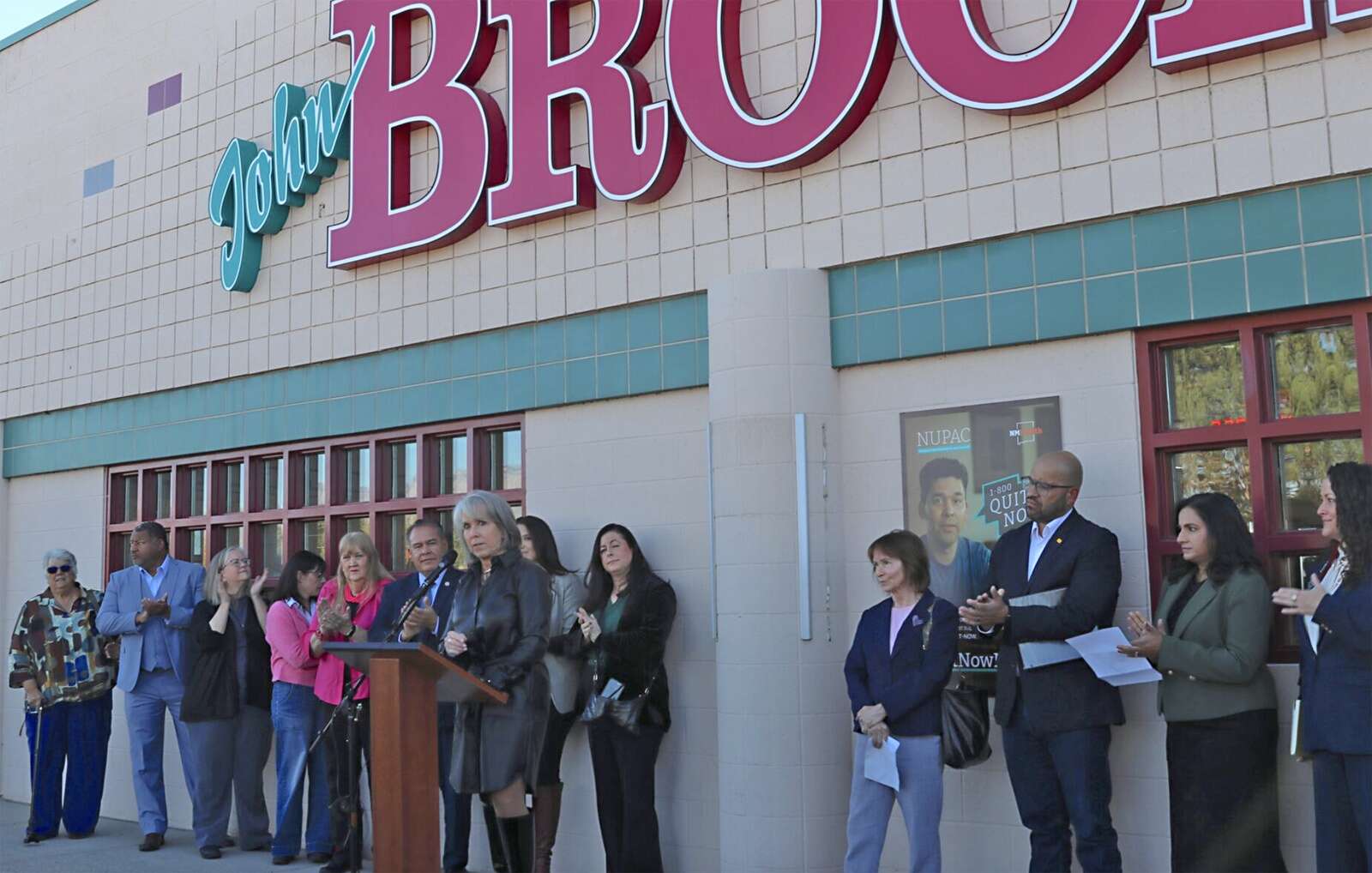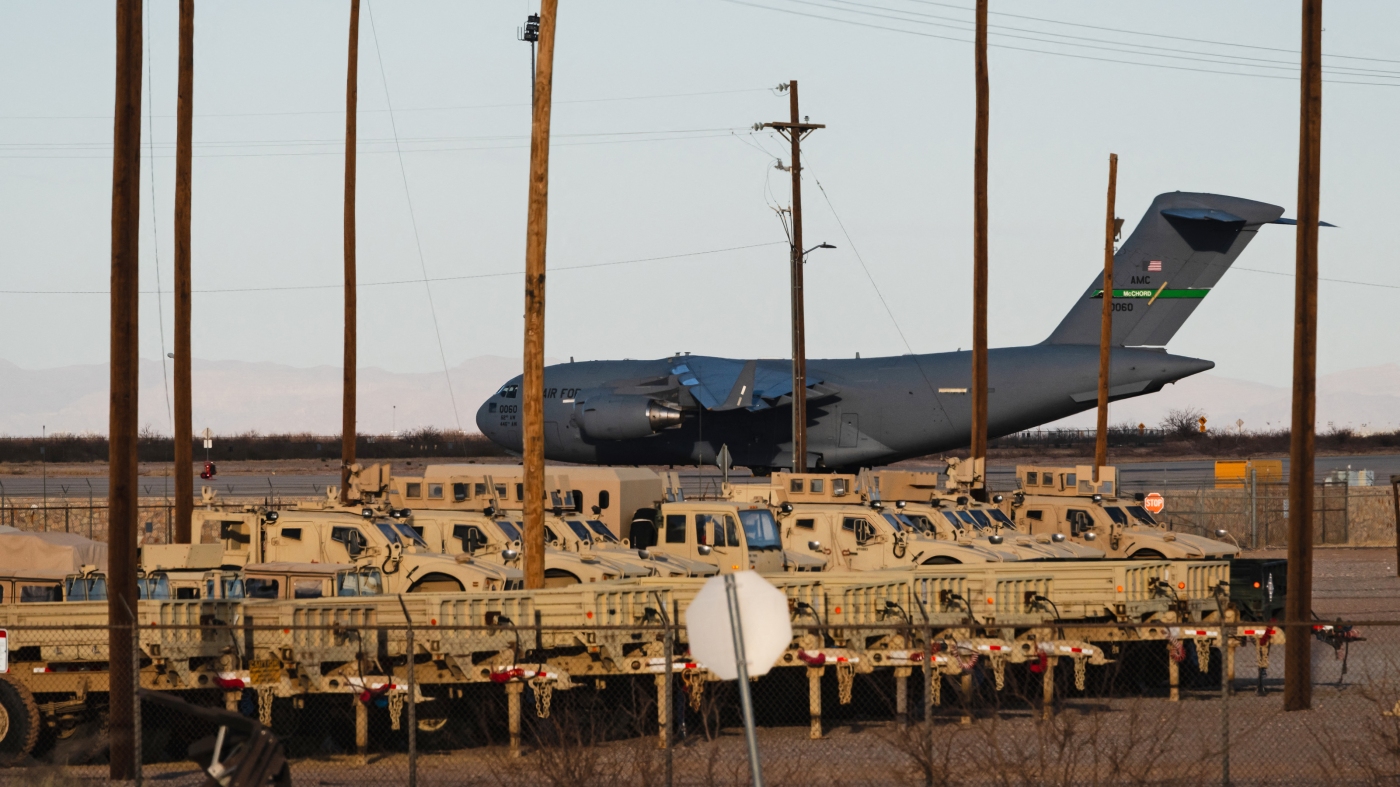NOAA Launches Testing for New Storm Surge Warning System

The National Oceanic and Atmospheric Administration (NOAA) is set to begin field tests this summer for its innovative storm surge warning system, known as Hazard Services. This advanced technology aims to enhance public safety during hurricanes and tropical storms by providing precise, location-based alerts. The initiative seeks to minimize unnecessary evacuations while ensuring that individuals in genuine danger receive timely warnings.
Storm surge is the most lethal component of hurricanes and tropical storms, accounting for nearly half of all tropical cyclone fatalities in the United States over the past 50 years. According to NOAA, the East and Gulf coasts remain particularly vulnerable to this hazard, which can push water far inland through rivers and canals, well beyond the immediate coastline.
Current warning systems utilize broad alert zones that often include areas not at risk, leading to what experts describe as evacuation fatigue. This phenomenon occurs when communities are repeatedly alerted to threats that do not materialize, resulting in reduced compliance with future warnings. The new system aims to address these communication challenges by issuing more specific alerts.
Enhanced Precision in Warnings
Developed by NOAA’s Global Systems Laboratory (GSL), the Hazard Services system represents a significant improvement over existing storm surge alerts. Previously, alerts would cover extensive geographic areas, often extending beyond those actually at risk. The new tool will enable forecasters to issue warnings that align closely with specific evacuation zones and wireless emergency alert areas.
Storm surge occurs when strong onshore winds from hurricanes or tropical storms push water ashore above normal tides. This phenomenon can affect areas well inland, making precise geographic targeting crucial for effective warnings. The current model issues storm surge watches 48 hours before expected flooding and warnings 36 hours in advance. However, these alerts often create confusion by over-warning regions not threatened by life-threatening surge.
The Hazard Services system has been under development since 2018 and currently manages over 50 different types of weather hazards, including winter weather, extreme heat, and dense fog. The storm surge component is the latest addition to this comprehensive platform.
Statements and Future Plans
Nate Hardin, GSL Hazard Services Project Lead, emphasized the system’s evolution in a recent statement: “It’s grown from a concept to a critical piece of software that’s used daily across our country to fulfill NOAA’s mission of saving lives, protecting property, and supporting our national economy.”
NOAA further elaborated on the new system, stating, “Hazard Services also introduces the capability to issue storm surge warnings closely aligned with evacuation and wireless emergency alerting zone boundaries, supporting decision-making for state and local emergency management officials.” This improvement aims to ensure that those directly threatened by storm surge receive the most accurate warnings possible, while minimizing unnecessary alerts to those outside risk areas.
With field testing commencing this summer, NOAA plans to rigorously evaluate the system’s performance during the hurricane season. The organization will assess its effectiveness compared to traditional warning methods and gradually integrate the technology into existing emergency management protocols. Training will also be provided to local officials to aid in interpreting and responding to the more precise warning data, ultimately enhancing public safety during severe weather events.






